One of Toronto’s newest “red rockets,” northbound on Spadina Avenue on July 10, 2015.
When the city of Toronto was the small colonial town of York, people travelled by horseback, carriage, wagon, or on foot. Even after the city was incorporated in 1834, these methods of transportation prevailed. However, as the city expanded, these means became inadequate. As a result, in 1849, Burt Williams, a cabinetmaker and undertaker, decided to extend his services and transport the living as well as the dead to their destinations. He built several 6-passenger stagecoaches, which he named the Williams Omnibus Line. It commenced at the St. Lawrence Market, journeyed west on King Street, and then, north on Yonge to the town of Yorkville.
As Toronto’s population grew further, the Omnibus service also became inadequate. In 1861, the Toronto Street Railway Company (TSR), financed by a group of businessmen, commenced operating horse-drawn Hadden streetcars, capable of carrying many more passengers. The first streetcar route was the same as that of the Burt Williams Omnibus Line. The second route established was Queen Street, from the St. Lawrence Market to Ossington Avenue. The 30-year contract of the Toronto Street Railway Company was terminated in 1891.
Next, the Toronto Railway Company (TRC) was granted a 30-year contract to provide transportation services. The same year (1891), the city’s first electric-powered streetcars appeared on Church Street. However, as the city annexed more communities, such as Dovercourt and Earlscourt, the TRC refused to build tracks into the new districts, insisting that servicing these areas was not part of their mandate. Because the TRC’s contract did not terminate until 1921, in 1911 the City of Toronto created the Toronto Civic Railway Company (TCR) and became directly involved in owning and operating streetcars.
During the years 1912-1917, TCR laid tracks along streets that the TRC were serving but refused to extend. The Danforth line was continued from Broadview to Luttrell, the St. Clair route connected between Avenue Road and Lansdowne Avenue, the Lansdowne line pushed as far south as the CPR tracks, streetcars added on Bloor Street between Dundas and Runnymede, and the Gerrard streetcars extended beyond Greenwood. To meet the needs of the longer routes, the company purchased about 70 new streetcars.
In 1921, the City of Toronto did not renew the TRC’s contract, deciding instead to increase its involvement in the streetcar system by forming the Toronto Transportation Commission (TTC). It inherited the streetcars that the Toronto Civic Railway, which they already owned, and bought the streetcars that the TRC possessed, as their contract had been cancelled. However, the TRC’s cars were in poor condition and needed to be retired. The TTC had foreseen this problems and several years earlier had ordered a fleet of new Peter Witt streetcars, which began arriving in the city in 1921. These were the ponderous square-shaped steel streetcars that became famous on the Yonge Street Line. In 1938, the TTC purchased PCC streetcars (President’s Conference Cars) and they soon became known as the “red rockets.”
In a plebiscite in 1946, Torontonians voted in favour a subway on Yonge Street and also on Queen Street. Construction on the Yonge line began in 1949. Unfortunately, the Queen Street line was cancelled as the federal government failed to provide the funding. Does this situation seem familiar? Canada’s first subway opened in 1954, between Union Station and Eglinton Avenue. The same year, the name of the company was changed to the Toronto Transit Commission.
The Peter Witt cars were retired in 1963, but the PCC cars continued until 1995. As these older models were phased out, the CLRV streetcars (Canadian Light Rail Vehicles), as well as an articulated version commenced operating. In 2014, the first of the new streetcars began service on the Spadina line. These will eventually replace all the CLRV cars that remain in service as of 2015.
Horse-drawn streetcars operated by the Toronto Street Railway Company in the 1890s. These cars were operated only in the summer as they were not enclosed. View gazes east along Queen Street East from Church Street. The St. Lawrence Hall is visible in the background.
A winterized streetcar on Spadina Avenue in 1890. Photo, Toronto Reference Library. In that decade, many impressive homes lined Spadina Avenue as it was an affluent residential street.
Electric-powered streetcars first appeared in 1891. This photo shows the cars on Yonge Street, c. 1900. They were essentially larger versions of the horse-drawn streetcar. View gazed north on Yonge from King Street.
Avenue Road streetcars in 1912. Toronto Archives, F1231, it.1660. These are the same type of streetcars as in the previous photo.
Streetcars continued to increase in size. This streetcar was operated on St. Clair Avenue by the Toronto Civic Railway Company. Photo was taken in 1913, the year the St. Clair line opened. The streetcar is eastbound and was photographed near Wychwood Avenue.
A Peter Witt streetcar on York Street on October 30, 1928, the Royal York Hotel under construction in the background. These cars commenced service in the city in 1921 and retired in 1963. Toronto Archives, Series 71, S0071, it6396.
A PCC streetcar heading eastbound on Carlton Street near Church Street. Maple Leaf Garden, the Odeon Carlton Theatre and Eaton’s College Street store are visible in the background. Photo, Ontario Archives.
A PCC streetcar on Dundas Street West near Huron Street in Chinatown in 1970.
A westbound PCC Streetcar on Queen Street East at Church Street in 1970.
A Peter Witt streetcar at the Halton County Radial Railway Museum. Visitors to the museum are able to ride aboard these famous old cars.
Interior of a Peter Witt streetcar at the museum.
A westbound PCC streetcar in the Labour Day Parade in 2012, view gazing east along Queen West at Spadina Avenue. This streetcar is maintained by the TTC to aid tourism and is available for private hire.
A CLRV streetcar on King Street East at Church Street, St. James Cathedral in the background.
Articulated light rail vehicles (ALRV) on Queen Street, westbound near Yonge Street.
Interior of a ALRV on Queen Street.
A CLRV westbound on Queen West at John Street in 2013, the Princess of Wales Theatre in the background.
An articulated light rail vehicles (ALRV) eastbound on Queen Street West near Bathurst Street in July 2013. The marquee of the old Orpheus Theatre is visible on the right-hand side of the photo.
To view the Home Page for this blog: https://tayloronhistory.com/
To view previous blogs about movie houses of Toronto—historic and modern
Recent publication entitled “Toronto’s Theatres and the Golden Age of the Silver Screen,” by the author of this blog. The publication explores 50 of Toronto’s old theatres and contains over 80 archival photographs of the facades, marquees and interiors of the theatres. It relates anecdotes and stories of the author and others who experienced these grand old movie houses.
To place an order for this book:
Book also available in Chapter/Indigo, the Bell Lightbox Book Store and by phoning University of Toronto Press, Distribution: 416-667-7791
Theatres Included in the Book:
Chapter One – The Early Years—Nickelodeons and the First Theatres in Toronto
Theatorium (Red Mill) Theatre—Toronto’s First Movie Experience and First Permanent Movie Theatre, Auditorium (Avenue, PIckford), Colonial Theatre (the Bay), the Photodrome, Revue Theatre, Picture Palace (Royal George), Big Nickel (National, Rio), Madison Theatre (Midtown, Capri, Eden, Bloor Cinema, Bloor Street Hot Docs), Theatre Without a Name (Pastime, Prince Edward, Fox)
Chapter Two – The Great Movie Palaces – The End of the Nickelodeons
Loew’s Yonge Street (Elgin/Winter Garden), Shea’s Hippodrome, The Allen (Tivoli), Pantages (Imperial, Imperial Six, Ed Mirvish), Loew’s Uptown
Chapter Three – Smaller Theatres in the pre-1920s and 1920s
Oakwood, Broadway, Carlton on Parliament Street, Victory on Yonge Street (Embassy, Astor, Showcase, Federal, New Yorker, Panasonic), Allan’s Danforth (Century, Titania, Music Hall), Parkdale, Alhambra (Baronet, Eve), St. Clair, Standard (Strand, Victory, Golden Harvest), Palace, Bedford (Park), Hudson (Mount Pleasant), Belsize (Crest, Regent), Runnymede
Chapter Four – Theatres During the 1930s, the Great Depression
Grant ,Hollywood, Oriole (Cinema, International Cinema), Eglinton, Casino, Radio City, Paramount, Scarboro, Paradise (Eve’s Paradise), State (Bloordale), Colony, Bellevue (Lux, Elektra, Lido), Kingsway, Pylon (Royal, Golden Princess), Metro
Chapter Five – Theatres in the 1940s – The Second World War and the Post-War Years
University, Odeon Fairlawn, Vaughan, Odeon Danforth, Glendale, Odeon Hyland, Nortown, Willow, Downtown, Odeon Carlton, Donlands, Biltmore, Odeon Humber, Town Cinema
Chapter Six – The 1950s Theatres
Savoy (Coronet), Westwood
Chapter Seven – Cineplex and Multi-screen Complexes
Cineplex Eaton Centre, Cineplex Odeon Varsity, Scotiabank Cineplex, Dundas Square Cineplex, The Bell Lightbox (TIFF)
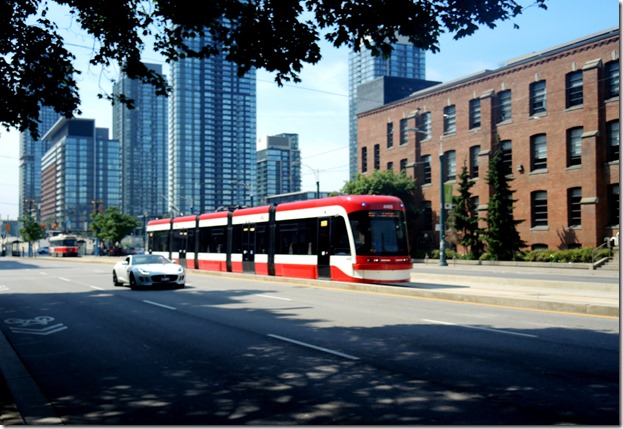
![Toronto_Street_Railway_Co__horse-ca[1] Toronto_Street_Railway_Co__horse-ca[1]](https://tayloronhistory.com/wp-content/uploads/2015/07/toronto_street_railway_co__horse-ca1_thumb.jpg)

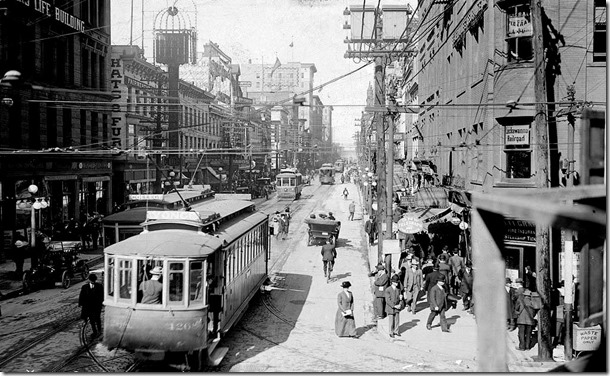
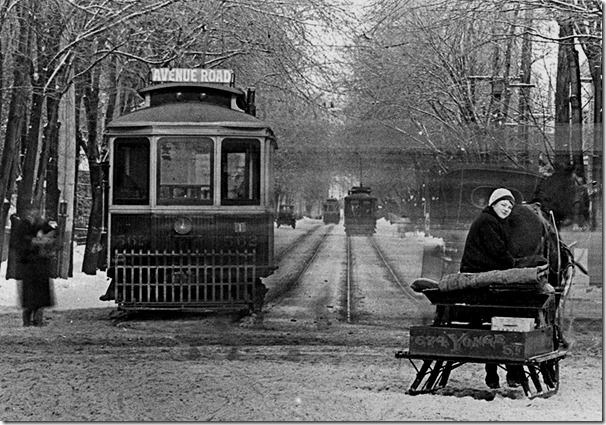
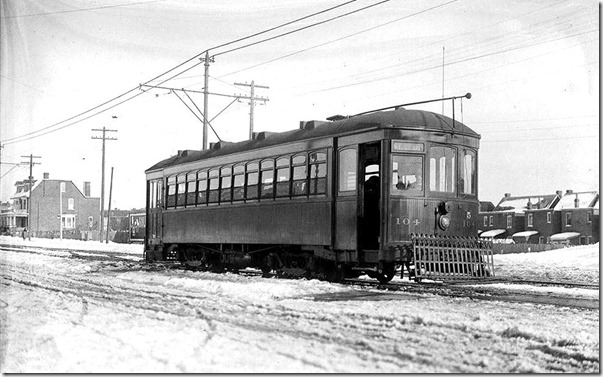
![oct. 30, 1928 s0071_it6396[1] oct. 30, 1928 s0071_it6396[1]](https://tayloronhistory.com/wp-content/uploads/2015/07/oct-30-1928-s0071_it63961_thumb.jpg)
![20100926-70sCarlton[1] photo-cafletcher 20100926-70sCarlton[1] photo-cafletcher](https://tayloronhistory.com/wp-content/uploads/2015/07/20100926-70scarlton1-photo-cafletcher_thumb.jpg)
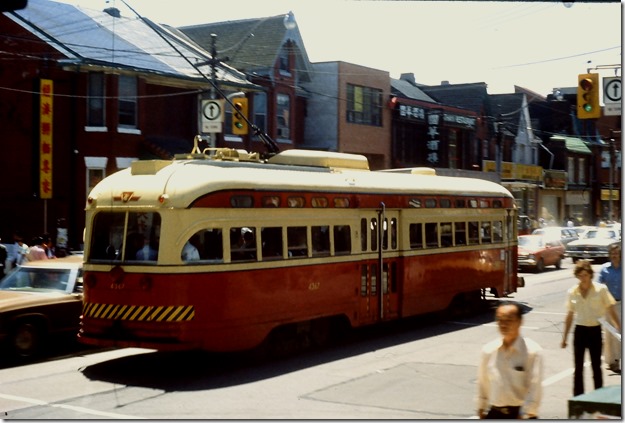

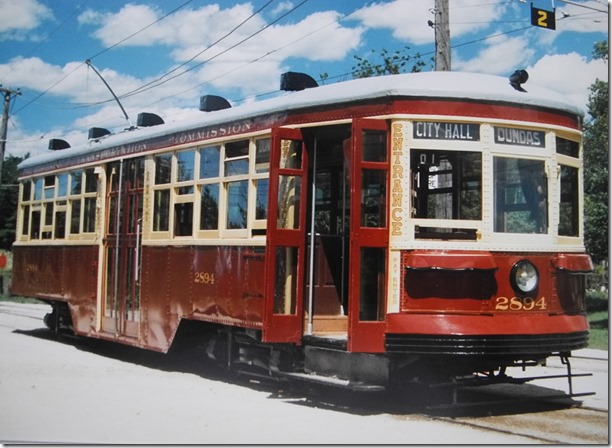
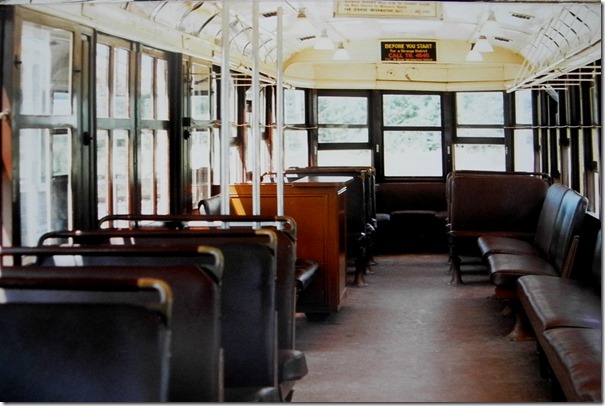
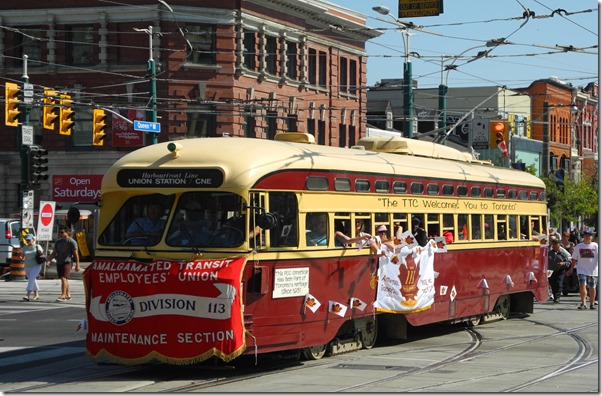
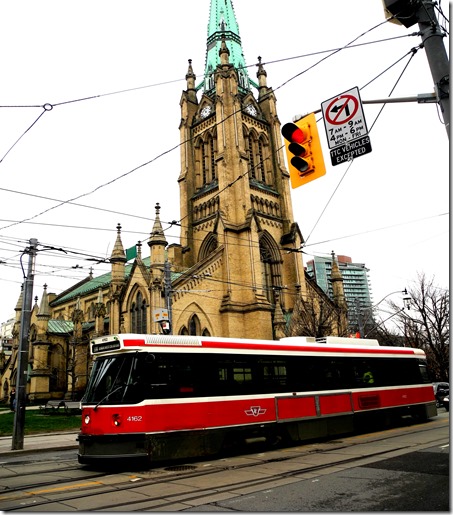
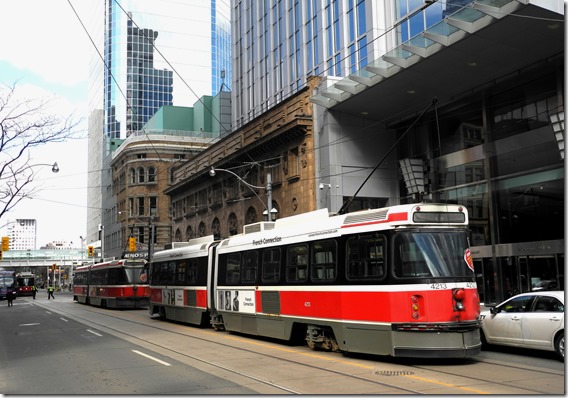
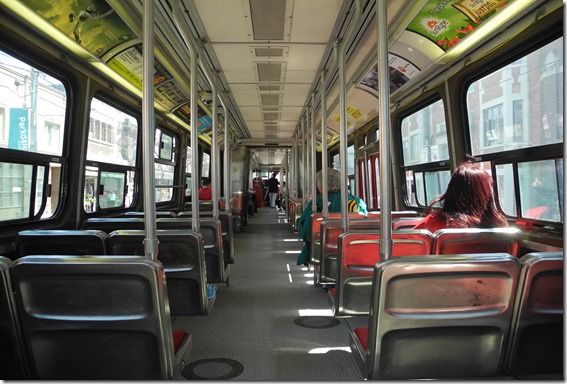
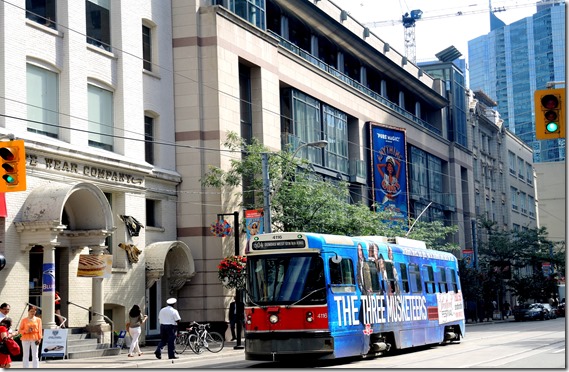
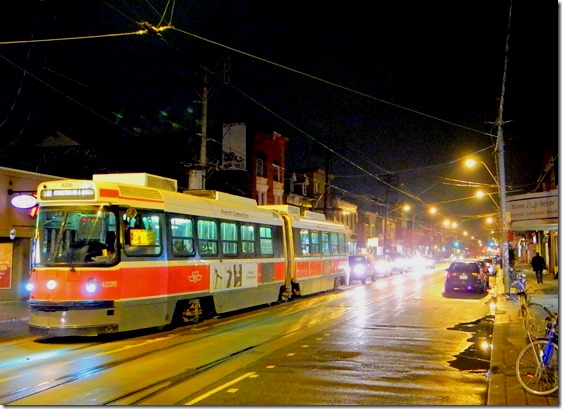
![cid_E474E4F9-11FC-42C9-AAAD-1B66D852[2] cid_E474E4F9-11FC-42C9-AAAD-1B66D852[2]](https://tayloronhistory.com/wp-content/uploads/2015/07/cid_e474e4f9-11fc-42c9-aaad-1b66d8522_thumb1.jpg)

